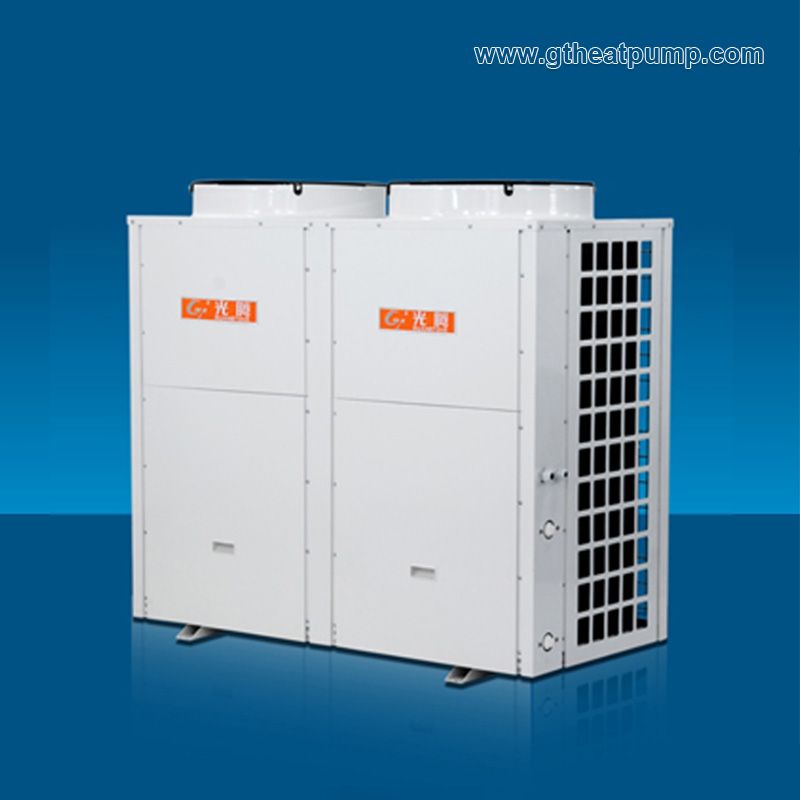Cooled Water Chillers vs. Air-Cooled Chillers: Comparing Options
In this article, we will delve into the world of industrial water chillers, comparing two popular options: cooled water chillers and air-cooled chillers. Industrial cooling is a critical aspect of various processes across industries such as manufacturing, data centers, and HVAC systems. Understanding the differences and benefits of these cooling systems will help businesses make informed decisions that optimize efficiency, reduce energy consumption, and cut operational costs.

What Are Cooled Water Chillers?
Cooled water chillers, also known as water-cooled chillers, are cooling systems that use water as the primary medium to remove heat from industrial processes. These chillers work on the principle of heat exchange, where warm water from the process is circulated through the chiller unit. Inside the chiller, the warm water transfers its heat to a separate water loop, which is then cooled down before being recirculated back to the process. The heat extracted during this process is usually dissipated into the atmosphere through a cooling tower.
Advantages of Cooled Water Chillers
High Efficiency: Cooled water chillers are known for their high efficiency, especially in applications with high heat loads. The water's superior heat transfer properties enable efficient cooling, ensuring optimal performance of industrial processes.
Lower Noise Levels: These chillers typically produce lower noise levels compared to air-cooled chillers, making them suitable for noise-sensitive environments.
Longer Lifespan: With proper maintenance, cooled water chillers tend to have a longer lifespan compared to air-cooled chillers. This can result in lower lifecycle costs for businesses.
Better Heat Dissipation: The cooling towers used in cooled water chiller systems effectively dissipate heat into the atmosphere, making them more efficient for large-scale cooling needs.
Understanding Air-Cooled Chillers
Air-cooled chillers, on the other hand, are cooling systems that use air as the medium to dissipate heat from the industrial process. These chillers work by directly exposing the hot refrigerant to ambient air, causing the heat to be released into the atmosphere.
Advantages of Air-Cooled Chillers
Ease of Installation: Air-cooled chillers are easier to install since they do not require a separate cooling tower and associated plumbing. This makes them more cost-effective in terms of installation.
Lower Water Consumption: Unlike cooled water chillers, air-cooled chillers do not require a continuous water supply, which can result in substantial water savings.
Suitable for Smaller Spaces: These chillers are ideal for applications where space is limited, as they do not need the additional area for cooling towers.
Lower Maintenance Costs: Air-cooled chillers generally have lower maintenance costs compared to cooled water chillers, as they have fewer components and do not require water treatment.
Comparing Efficiency and Energy Consumption
When it comes to efficiency and energy consumption, the choice between cooled water chillers and air-cooled chillers depends on the specific requirements of the industrial process. Cooled water chillers are highly efficient and well-suited for applications with high heat loads, while air-cooled chillers are more suitable for smaller-scale operations or situations where water availability is limited.
Environmental Considerations
In terms of environmental impact, both types of chillers have their pros and cons. Cooled water chillers consume water for their operation and release heat through cooling towers, which can have a localized environmental impact. On the other hand, air-cooled chillers consume less water but release heat directly into the atmosphere, potentially contributing to urban heat island effects.
Energy Efficiency and Sustainability
As the world moves towards sustainability and energy efficiency, we must consider not only the immediate cooling requirements but also the long-term environmental implications. Implementing either of these chiller options needs to align with an organization's sustainability goals and commitment to reducing its carbon footprint.
The Bottom Line
In conclusion, the choice between cooled water chillers and air-cooled chillers depends on various factors such as the cooling requirements, available space, water availability, and environmental considerations. We must carefully assess the specific needs of the industrial process before making a decision.
For large-scale operations with high heat loads and a commitment to long-term sustainability, cooled water chillers may be the preferred option due to their efficiency and heat dissipation capabilities. On the other hand, air-cooled chillers offer cost-effective solutions for smaller-scale applications where water usage is a concern.
Ultimately, we must prioritize the optimization of industrial processes while minimizing environmental impact. This will ensure that businesses can thrive while contributing to a greener and more sustainable future.




